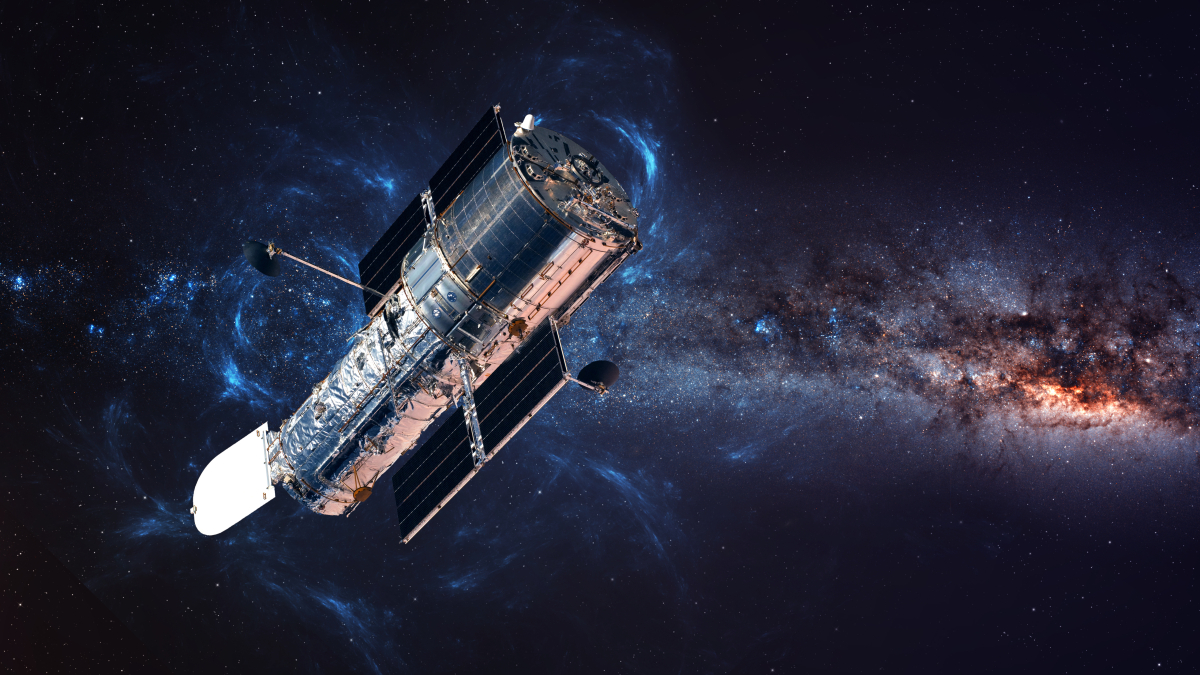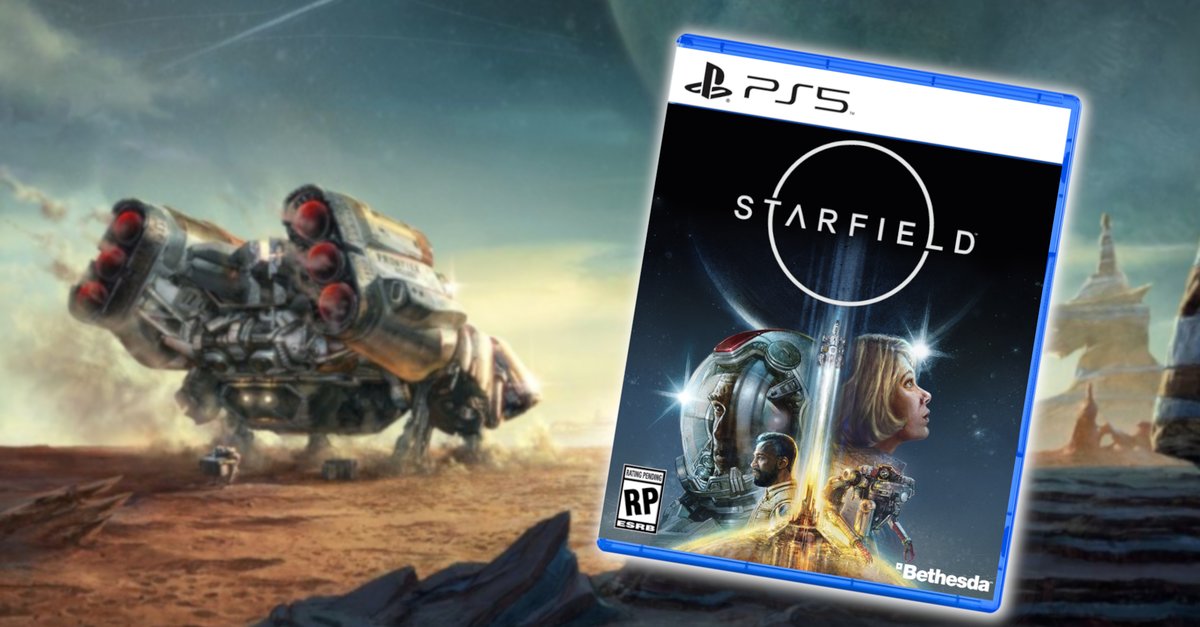Starlink satellites are already causing problems for Hubble – and it’s getting worse
The steadily increasing number of satellites in low earth orbit (LEO) is interfering with more and more images from telescopes. This is the conclusion of a study just published in the journal Nature Astronomy has appeared. Passing satellites leave streaks on the images that can render them scientifically worthless.
The team led by Sandor Kruk from the Max Planck Institute for Extraterrestrial Physics in Munich analyzed images from the Hubble Space Telescope archive from the years 2002 to 2021 for the study. Volunteers from the Hubble Astroid Hunter citizen science project, which normally searches Hubble images for asteroids, helped with the investigation.
Scientists and meteorologists have been complaining for a long time about telescope images being impaired by near-Earth satellites, but according to the study authors, this is the first study on the subject. It should be noted at this point, however, that the American Astronomical Society has already dealt with the topic, which t3n reported on last year.
Using artificial intelligence, Sandor Kruk and his team calculated that 2.7 percent of the telescope images with an average exposure time of eleven minutes are intercepted by a satellite. This type of interstellar photobombing has increased over the 20 years studied.
The study authors warn that the number of images from Hubble and other space telescopes rendered unusable in this way will probably increase in view of the numerous planned near-Earth satellites.
The Starlink satellite network accounts for the lion’s share of low-Earth photobombers. 1,562 SpaceX missiles were in orbit during the period of the study. The remaining 320 satellites came from the rival company One Web.
Starlink satellites have been in Earth orbit since 2020. Elon Musk’s company promises fast internet access worldwide through its fleet. The missiles orbit at different distances from the earth.
Editor’s Recommendations
Objects in upper LEO, at altitudes of 1,000 to 2,000 kilometers, appear more frequently in Hubble images but leave thinner streaks. Satellites in the lower LEO range, at 500 to 1,000 kilometers, interfere less frequently with the telescope, but leave wider stripes. The space telescope orbits at an altitude of 538 kilometers above the earth. According to the study, a main Starlink satellite is in the immediate vicinity, at 550 kilometers.
Starlink currently (as of the end of 2022) operates over 3,300 missiles in space. But the world’s largest satellite operator is far from having enough. Almost 20,000 more launches have already been approved, and another 22,488 are pending. The number of all Starlink objects combined would be five times the number of all satellites launched between Sputnik in 1957 and 2019.
By the way: via the website “Findstar Link” you can display when and where Starlink satellites can be observed with the naked eye from Earth.
James Webb Telescope: The most beautiful images and their meaning



